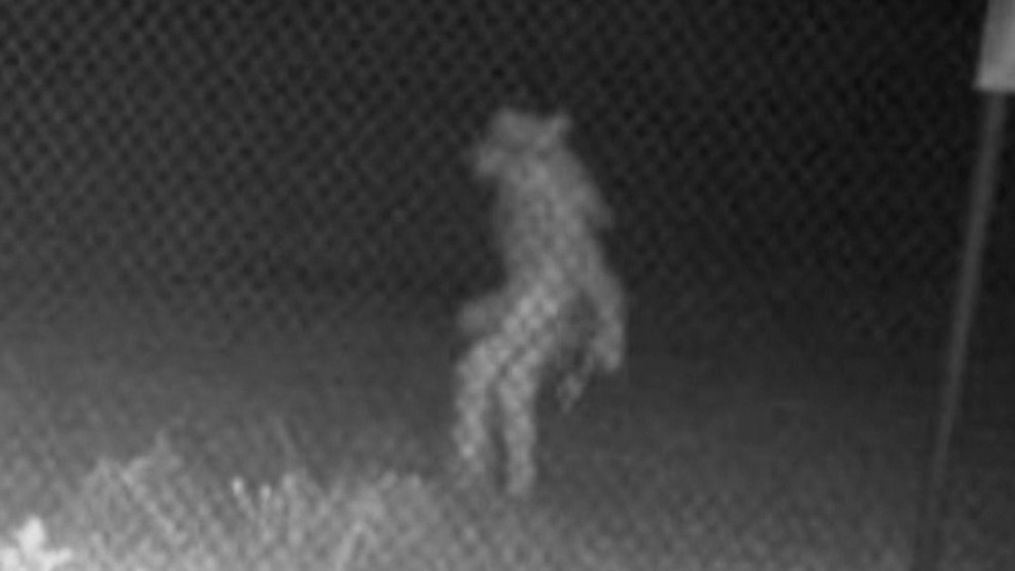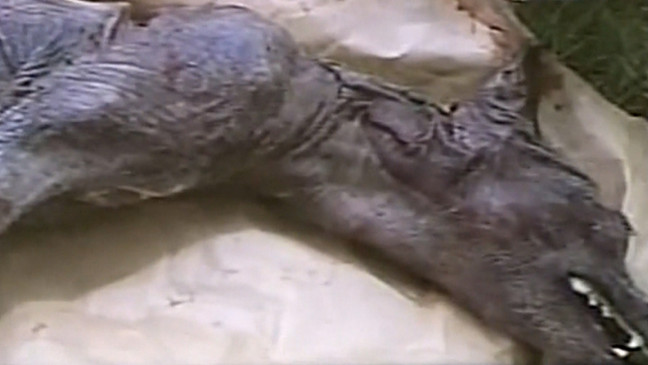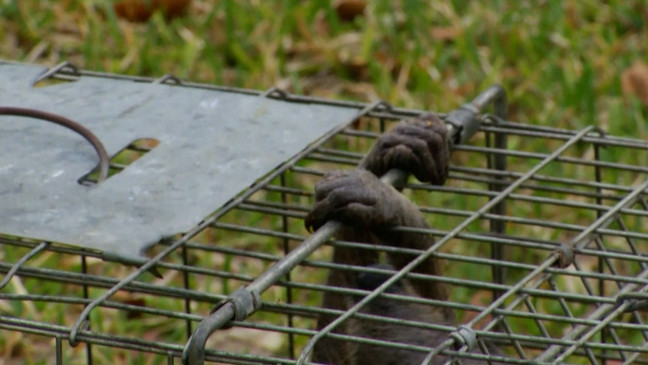Investigative team aims to find the truth behind chupacabra legend
AUSTIN, Texas (KEYE) — It's known to kill livestock and its name is translated as "goat sucker."
“It looks very bizarre,” Texas A&M Veterinarian Terry Hensley told KEYE. “You see one at night at dusk or dawn; it’s probably a pretty scary-looking creature.”
There was speculation one of these creatures was captured on camera lurking outside the Amarillo Zoo in June 2022. Back in 2007, a hairless dog-like body was found on a ranch in Cuero, Texas, and captured the attention of many.
But the legend of the chupacabra is much bigger than the state of Texas and researchers at Texas A&M decided it was time to study the cryptid.
“You look in Latin America folklore and it’s an idea that’s been around a long time,” Texas A&M Wildlife Specialist John Tomecek said. "But until sometime in the early 20th century you didn’t have a real concrete image of what this animal was. You had kind of vague descriptions. It’s not actually dissimilar to the vampire in Slavic cultures where there isn’t a concrete description of what it is until Bram Stoker writes his book. And everyone says, 'Ah, that’s what it looks like.'"
The legend of the chupacabra grew, each sighting raising more fear and speculation.
The current physical description, if you will, kinda the basic concept of what these look like, shows up in Puerto Rico in the 1920s,” Tomecek said. “It originates there as best as we can tell.”
The researchers released their findings in 2017.
“What looks like a terrifying beast of legend is actually a pretty sad sight to see,” Tomecek said. "Most of the time when folks report a chupacabra, it’s actually a coyote with very advanced stage mange.”
Mange is a skin disease caused by parasitic mites, which the researchers said impacts an animal's appearance and actions.
"They've lost almost all their hair except for the little bit between their shoulder blades, which sticks up. Their skin is gray and scaly and looks quite gaunt," Tomecek describes.
The coyotes will take a chance near humans and livestock in a desperate attempt to find food, creating close encounters.
“These animals are immunocompromised so their body can’t fight it off,” Hensley explains. “They’re searching for food because they’re not doing well trying to find wild prey.”
Tomecek adds, “The risk is now worth it simply because they need that meal so badly."
In addition to coyotes, mange can also attack deer and raccoons. If you see an animal with severe mange, you're asked to report it to wildlife experts in your area to try and get some help.




